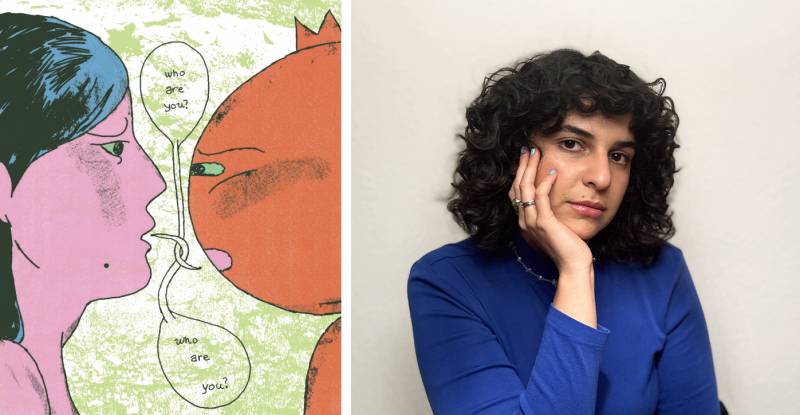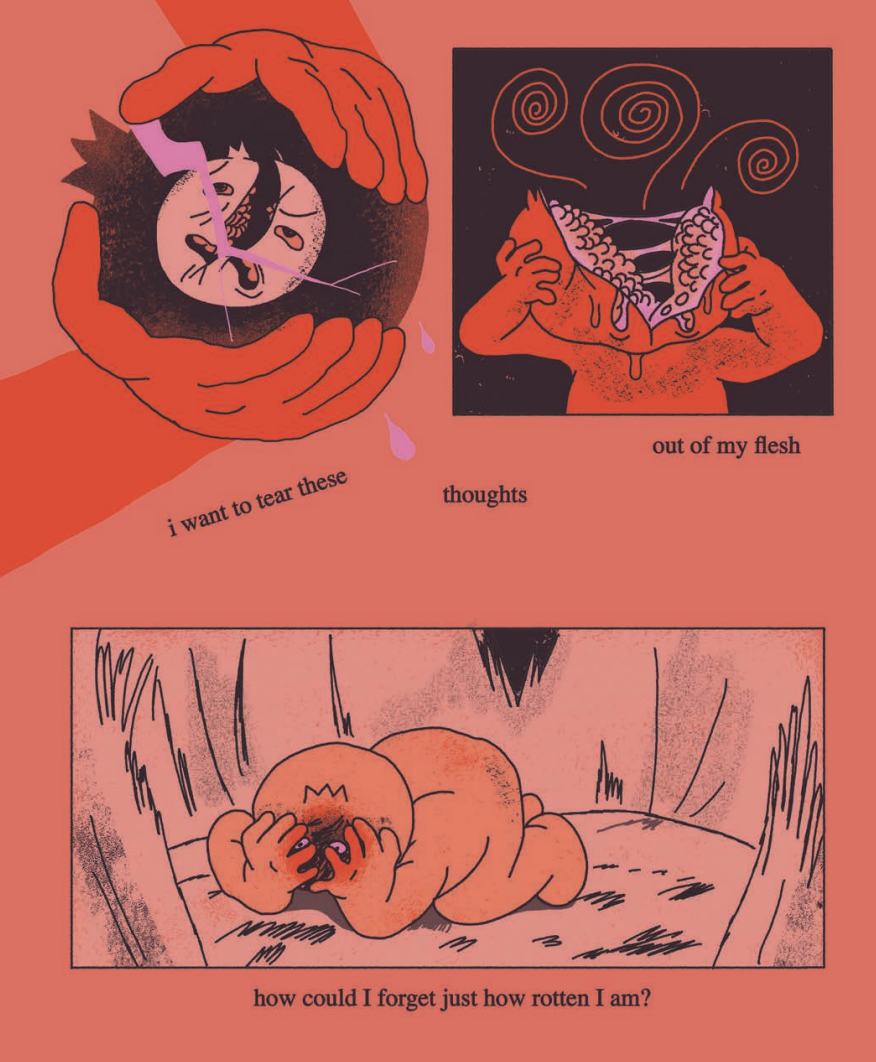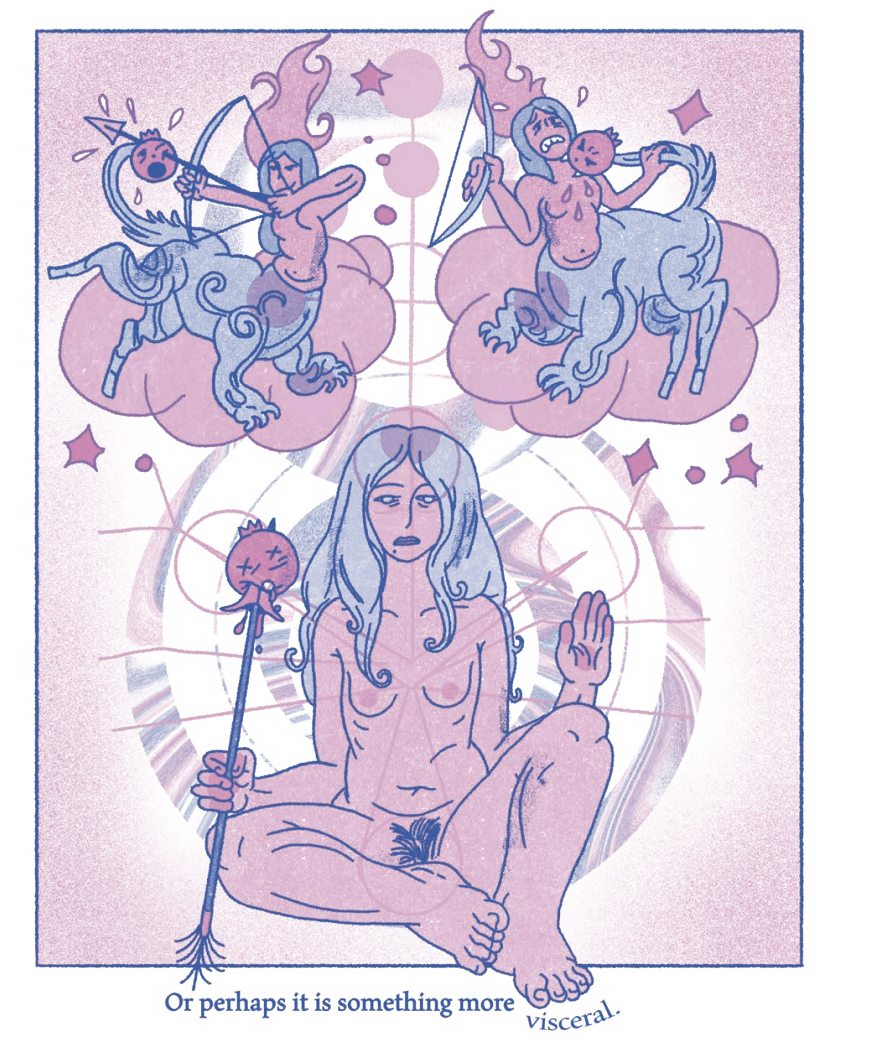Upon waking in a garden-like void, a disoriented pomegranate named Anar and a woman named Guli question their existence: Who are they? What is their purpose? Suddenly, a pair of divine hands plucks them from their quiet panic and launches them through a journey — one in which they are born and reborn, their souls interlinked but their relationship ever-changing. From cycle to cycle, Anar and Guli shape-shift, taking on different physical forms as they amalgamate and coalesce, inflicting the sharpness of their hate, anger, desire, hunger and shame onto one another.
The two perform the ceaseless and sometimes futile yearning for transformation in Oakland-based artist Yasmeen Abedifard’s new comic collection, When to Pick a Pomegranate (out Sept. 25 via Silver Sprocket). In seven short comics that follow the plant life cycle, Anar and Guli’s iterations begin as a seed before evolving through propagation and bursting with ripeness until they inevitably rot. As they repeat the process over and over, they experience a Punnett square of change: endless outcomes in which their autonomy and sense of self is tested and morphed.
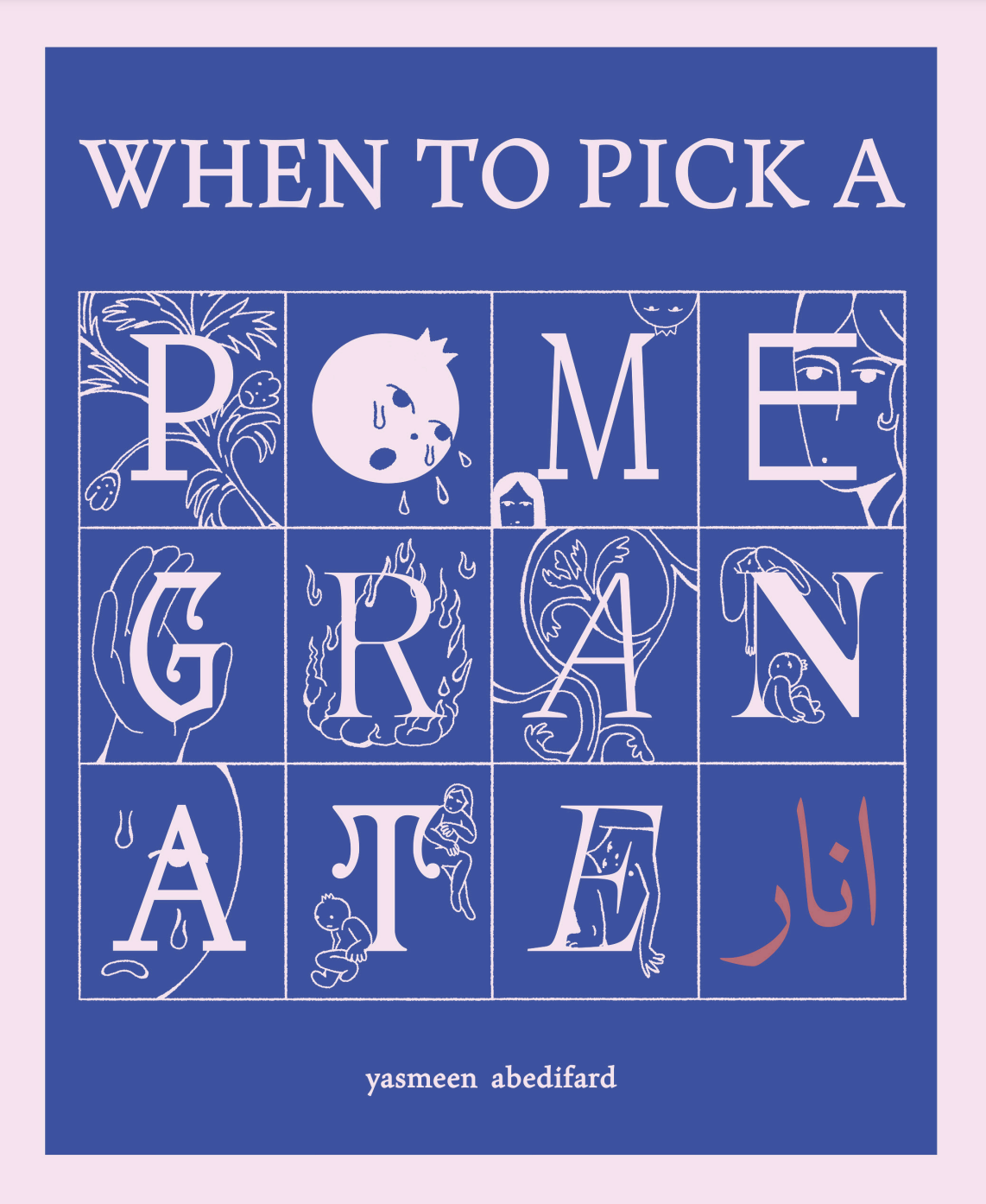
Like the sections of her book, Abedifard’s artistry has bloomed through various life stages. Her parents immigrated to the U.S. from Iran, and Abedifard was raised in the South Bay suburb of Sunnyvale, where she developed an affinity for drawing and cartoons. “They had a public library, and there was a manga section, and so my mom would take me and my sister,” she says during an interview in a Berkeley park. “We would plop ourselves down and I would just read a whole book.”
As a teen, Abedifard got into making digital art on a small Wacom tablet and began posting her illustrations onto the platform DeviantArt. With a penchant for drawing characters, she contemplated going to art school for college. “But I had two immigrant parents that were like — maybe try something else. And I actually have some gratitude to that,” Abedifard reflects.
She ended up studying psychology and Middle Eastern Studies at the University of San Francisco. “I got to learn a lot about Islamic and Persian history. I got to learn a lot about how the brain works and how cognitive function impacts your daily life — all of these things that became really important to me.”
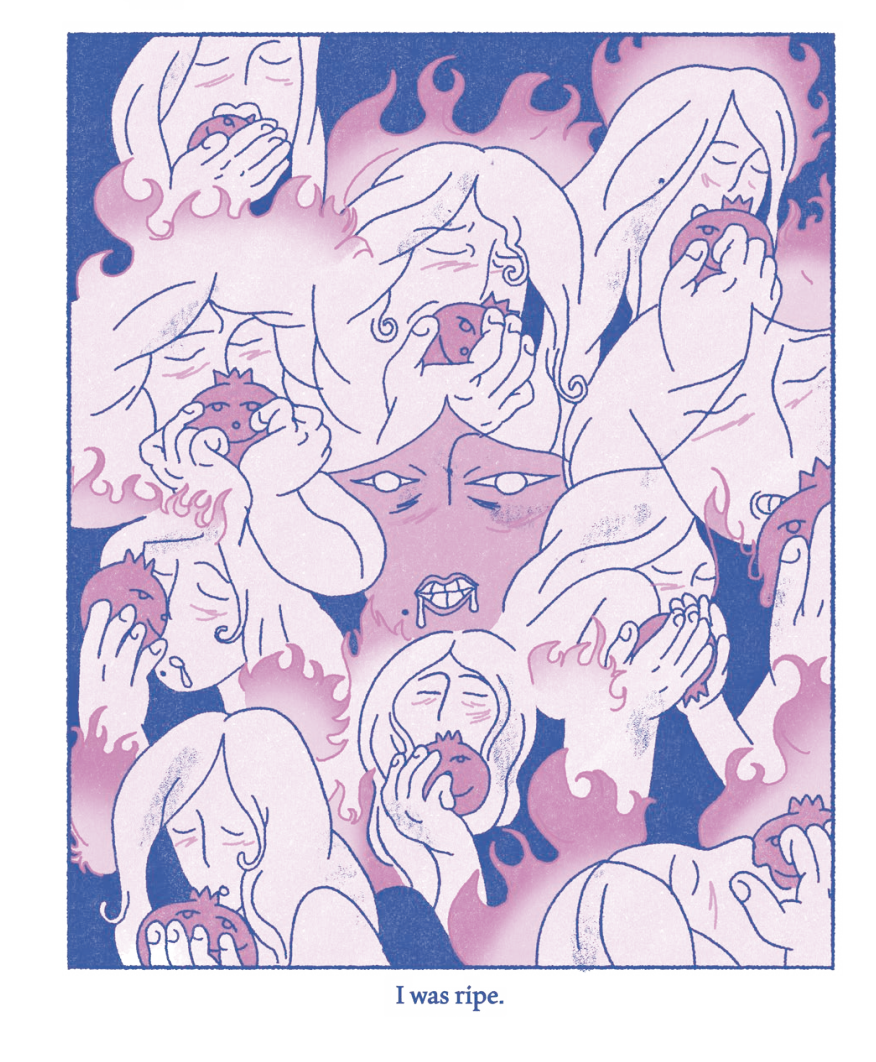
Abedifard immediately entered an interdisciplinary visual arts MFA program at Cornell, where she grew increasingly lost and disillusioned with the critique she was receiving. While many of her peers were older artists who worked with abstract imagery, she was drawn to figurative work inspired by illuminated manuscripts and Islamic iconography.
